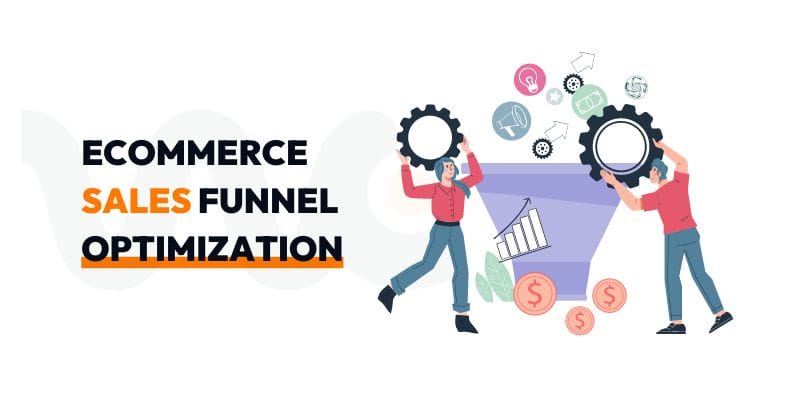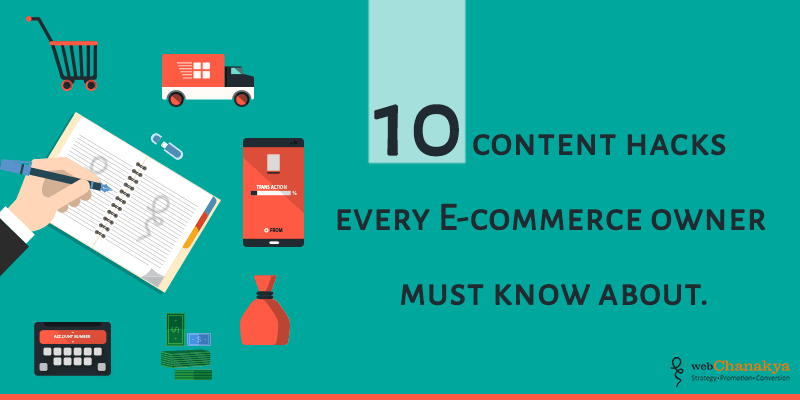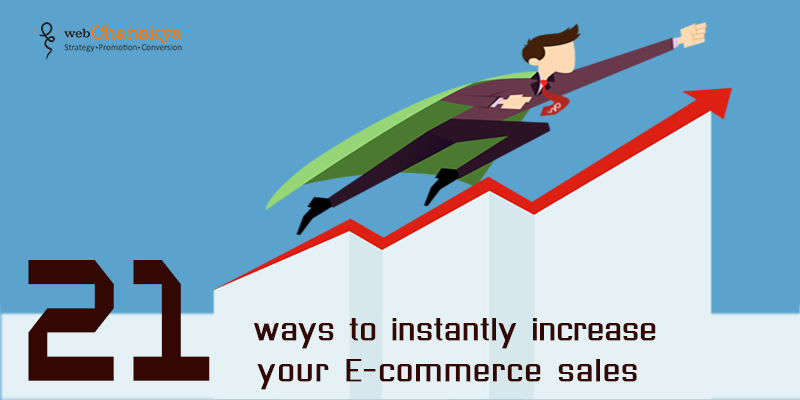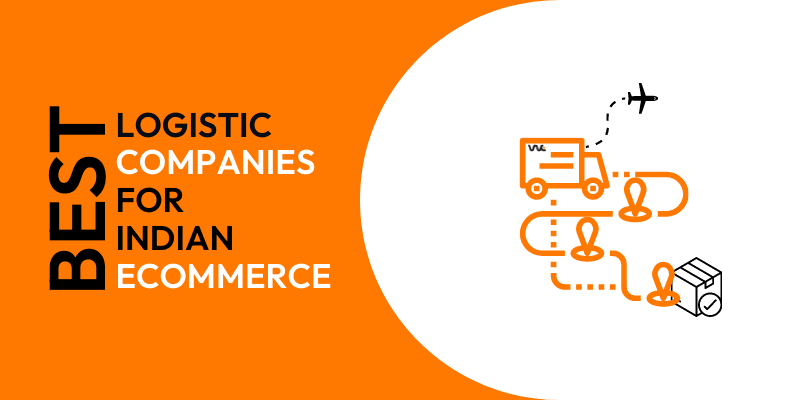
Best Ecommerce Logistic Companies in India for your Ecommerce Business
October 13, 2022
Hospital Marketing Ideas to Attract New Patients
March 3, 2023Getting prospective customers from search engines to visit your site is just half the battle!
Once they arrive, you need them to convert into buyers. To maximize profits from any eCommerce store, you need to implement a sales funnel. This means you need to take visitors who come to your site through different channels and convert them into paying customers.
- What is an ecommerce funnel?
- What is an ecommerce conversion funnel?
- Importance of Creating an ecommerce Sales Funnel
- What is the average conversion rate for online ecommerce businesses?
- Process of conversion funnel optimization for e-commerce store
- What Types of Conversion Metrics Should I Track When Optimising My Sales Funnel?
- The Tips and Tricks to Get More sales on your Ecommerce offer
- Conclusion
What is an ecommerce funnel?
An ecommerce funnel is a series of steps or stages that customers go through as they purchase a product or service online.
A good ecommerce funnel takes advantage of multiple marketing activities to attract more customers, turning anonymous website visitors into customers, and encouraging customers to purchase more items in a single visit.
Through proper ecommerce funnel optimization, businesses can drive more sales and ultimately see an increase in their bottom line.
At its core, an ecommerce funnel should include four main stages:
- Awareness: This is when customers become aware of a product or service and consider it as an option to purchase.
- Consideration: This involves researching the product or service and seeking out more information such as reviews from other customers.
- Intent: At this stage, customers make their decision whether or not to purchase the product or service.
- Conversion: This is when customers actually buy the product or service.
The elements of an ecommerce funnel represent the customers journey and it’s important to optimize each step in order to maximize sales.
An conversion funnel is a sequence of pages designed to turn web surfers who come upon your site into customers ready to buy.
If you’re struggling to bring new people to your website, then there may be some issues in your sales funnel. Here, I’ll walk through the steps needed to create a successful ecommerce conversion funnel on any type of website.
What is an ecommerce conversion funnel?
An ecommerce conversion funnel is a series of pages where you direct visitors. You start by directing them to a landing page, and from there you guide them through various stages of the buying journey.
It works best when it is well-thought-out and planned, so you should always test every funnel stage along the path falling towards the buying decision.
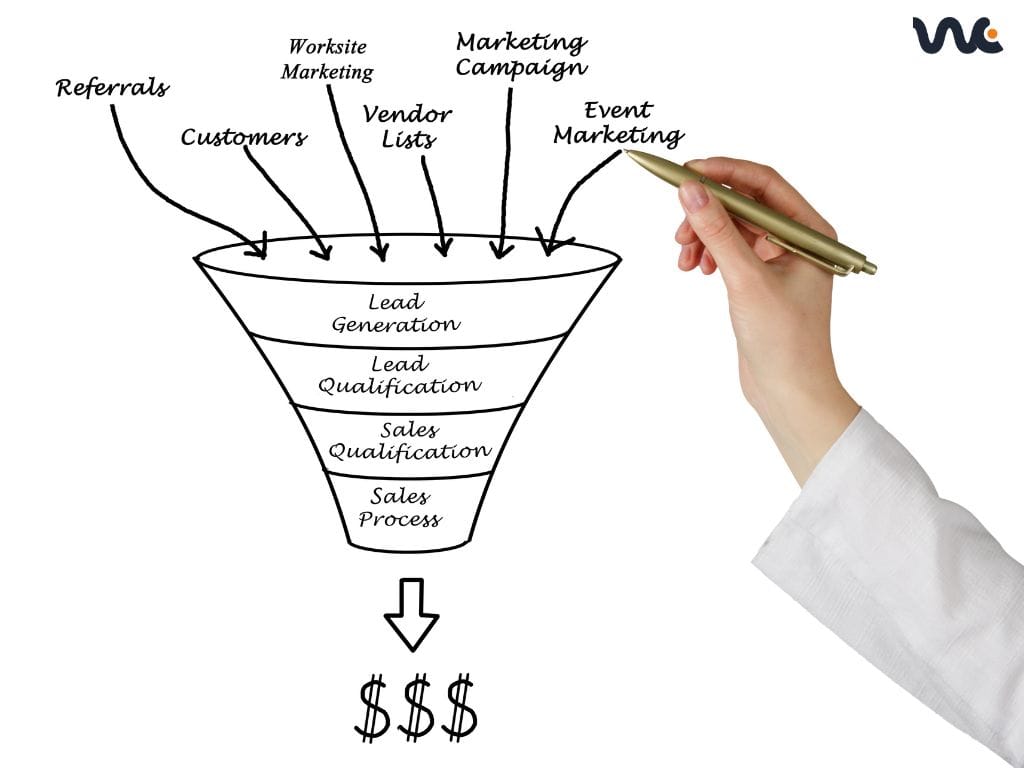
Some Examples Of Sales Funnel Include:
Landing Page
On this page, you introduce yourself and offer something free or special discounts, coupon codes.
Lead Generation
Offer a discount code or coupon to entice the visitor to click through.
Content Creation
Create resources and products that match what the customer wants in social media ads.
Sales Process
Show how to complete payment methods and ship orders with conversion path.
Retention
Keep the visitor engaged until they complete the sale.
Follow Up
Send emails after the sale to keep the customer happy.
While this seems daunting, once you plan out the whole thing, it becomes much easier to create and follow up for your conversion process.
Importance of Creating an ecommerce Sales Funnel
It doesn’t matter if you sell physical products or digital ones. Whether you operate a brick-and-mortar shop or an online clothing store, creating a conversion funnel for your business should be a priority.
An ecommerce sales funnel works by taking visitors who find you online and converting them into paying customers. These are the same tactics we discussed earlier when talking about optimizing your own website. You can start by looking at how the average visitor finds your website and what they do after arriving.
Are they making purchases? Are they leaving without any purchase? Is there something you could do differently so that you capture more leads on your purchase stage of the funnel?
Once you understand where your visitors end up and why, it’s time to look at the process of turning leads into customers.
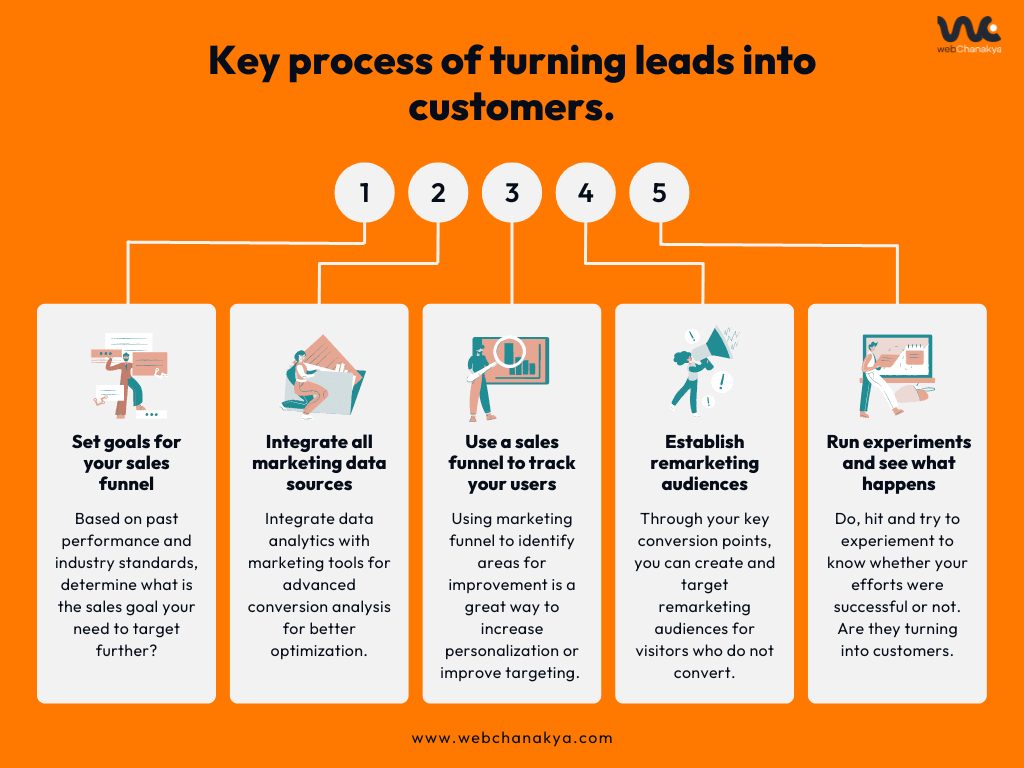
To begin, you need to set goals for your sales funnel. Blogging sites tend to focus heavily on earning money through affiliate programs or selling advertising space, whereas ecommerce stores often prefer direct conversions. Which goal fits your situation best?
Next, you need to figure out how to optimize each stage of your conversion funnel with the help of heat maps. You’ll want to prioritize the actions that generate the most profit and a good shopping experience.
As part of your funnel optimization plan, it’s important to remember that every action you take affects another. Change one thing, and you might unintentionally mess things up elsewhere.
Finally, once you have everything set up, test it. Run experiments and see what happens. After a week or two, you’ll know whether your efforts were successful or not. Hire a virtual assistant to help you test your funnel. They can provide feedback on your progress and suggest tweaks.
With enough testing, you’ll eventually reach a point where you have a well-optimized conversion funnel that converts visitors into customers.
What is the average conversion rate for online ecommerce businesses?
The average conversion rate for ecommerce sites in 2022 is around 2.5 to 3%, according to data collected by big commerce.
However, if we look back further, the average conversion rate was only 0.9%. So, it’s safe to say that ecommerce conversion rates are still as per the industry standard.
Now, according to user behavior, what factors determine to convert a visitor to customer? Let’s start by looking at the conversion stages of an ecommerce funnel.
A sales funnel consists of 5 key stages. These include:
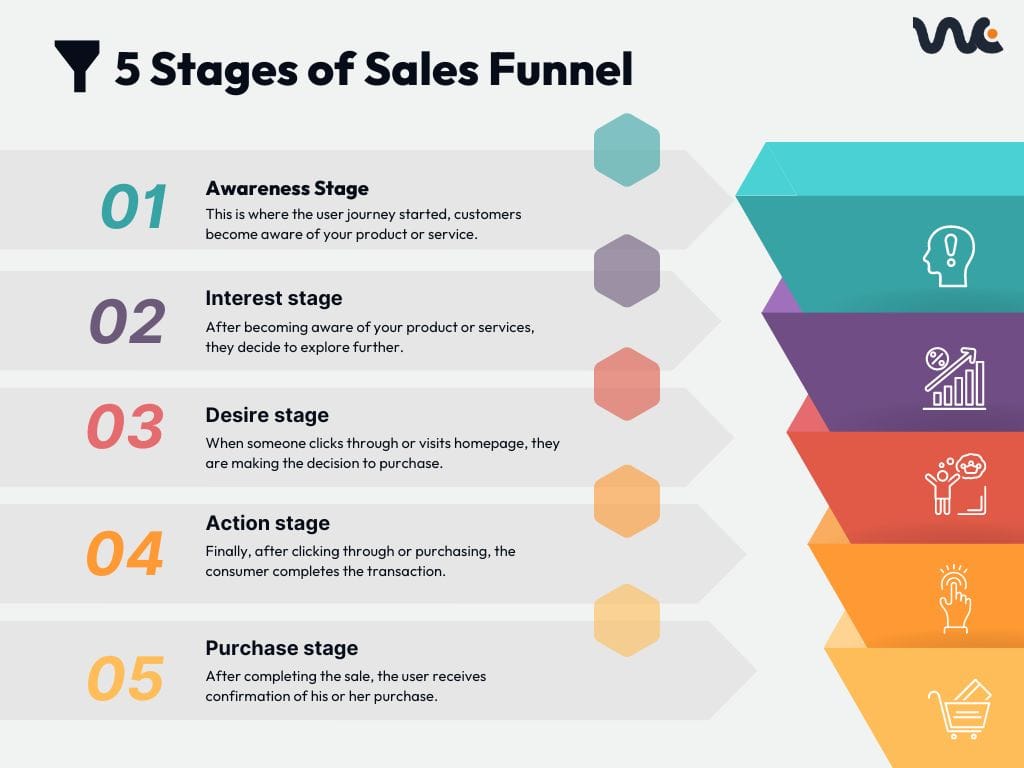
1. Awareness stage
This is where the user journey started, potential customer become aware of your product or service. They do so either when searching for something online, visiting your company’s website, or reading an ad.
2. Interest stage
After becoming aware of your product or services, they are on the consideration stage and decided to explore further. They might click on a link to learn more about your products or go straight to your homepage.
3. Desire stage
When a site visitor clicks on your homepage, he or she is making the decision to purchase your product or service. Email campaigns can be helpful at this stage.
4. Action stage
Finally, after clicking through or purchasing, the consumer completes the transaction.
5. Purchase stage
After completing the sale, the user receives confirmation of his or her purchase.
Process of conversion funnel optimization for e-commerce store
How well does your ecommerce funnel convert visitors into loyal customer?
Is it optimized for conversions or sales, or both? If neither, then it might be time to optimize it.
Have you ever thought about how much time and effort goes into building an ecommerce conversion funnel, only to see very little traffic return to your site?
But how can you improve conversion rate optimization and good user experience without spending too much money?
Optimizing an ecommerce funnel is a powerful tool that should include some essential components, such as call-to-action (CTA) copywriting, landing page design, and social media marketing.
These product marketing steps ensure that the target audience has the information they need, makes the purchase decision, and sticks around long enough to complete their transaction.
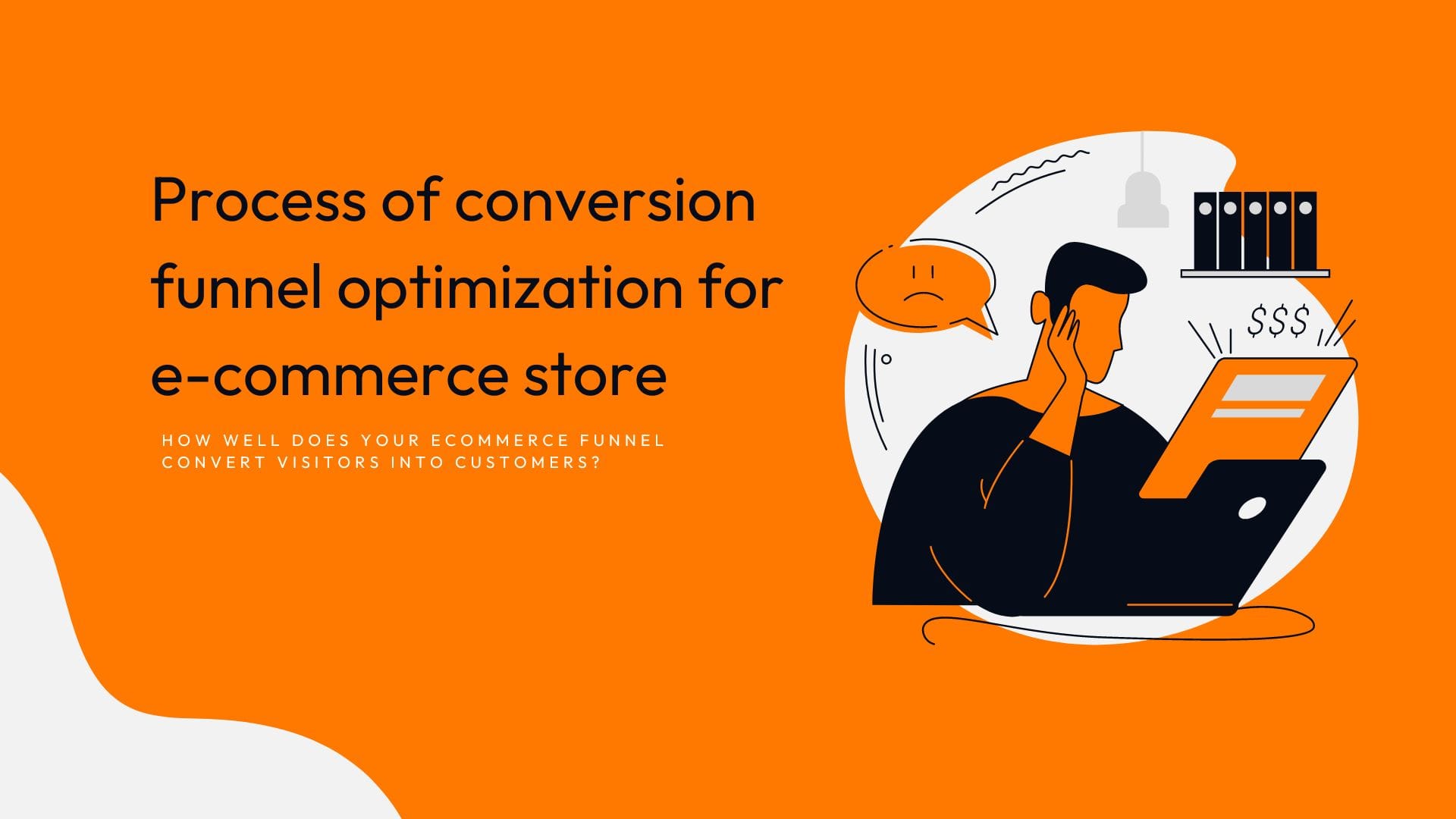
Determine the customer journey
Google Analytics helps you understand valuable insights of where customers are coming from like google ads or facebook ad, and how they interact with your site with a relevant search query. You can use it to figure out what website visitors do when arriving at each of your online store.
How your prospect behaves when they first touch a home page than when they land on a product page?
What referring domains bring in the highest volume of traffic?
And how many touchpoints does the happy customer go through before making a purchase?
Customers buy products because they feel compelled to do so. They see what they want now, and they may be willing to spend money to get it.
So, if someone wants to sell something, they need to know what kinds of things potential customers would desire to buy. You may show them additional product recommendations as well. And once that person knows what kind of product they’d like to buy, they must figure out where they could buy it.
To understand why this is important, you need to think about how a consumer searches for a product.
Sales funnel stages to trigger conversion
You may think that optimizing your ecommerce funnel boils down to writing good CTA copy and designing attractive pages. However, there's a lot more to it than that. When creating your funnel, map out exactly what needs to happen for each stage before someone buys from you.
Take the following example, where we're selling a product called "traditional Kurtis." We'll assume that our primary goal is to sell traditional kurti.
When someone visits our site, we want to know if they are interested in buying a Kurtis. To do so, we ask them if they'd like to learn more about Kurtis by clicking here.
We then ask them if they'd prefer to watch a short video about Kurti pattern designs instead. Also, product descriptions, product reviews and other user-generated content can be essential that leads to sales and conversion.
Then we ask them if they've heard of us before, or if they are first-time visitors.
Finally, we give individual users the option to contact us directly.
Breadcrumb to convert Visitors into leads
The goal of lead generation isn't just to turn visitors into leads; it's to convert those leads into loyal customers. And there are three steps along the way to getting there: Awareness, Interest, Desire to bring organic traffic and leads.
You've probably heard about the "awareness stage," where people learn about your product or service through traditional advertising. But what happens next? Do they become interested in what you're offering? Or do they simply want to know more about it? In fact, many companies struggle to move beyond brand awareness stage because they don't know exactly what to say to encourage prospects to take the next step.
In the beginning, you may face bounce rate, there was no conversion. A visitor sees your product or service and doesn't buy anything. He or she might even come away feeling like you're trying too hard. But eventually, that visitor will hand over some sort of information about himself or herself — either via email or social media — and that's when you start working toward converting him or her into a potential buyer.
The key here is to figure out what stage each individual visitor is in. This way, you can tailor your messaging and work on email marketing accordingly. Are people just browsing around? Do they already know what they want? Or do they need a little nudge to make the decision?
Once you know what type of visitor you've got, you can begin crafting messages that will help guide those individuals along the path to purchase.
What Types of Conversion Metrics Should I Track When Optimising My Sales Funnel?
The right conversion metrics are crucial when optimizing an eCommerce sales funnel. Understanding the most important conversion metrics in a sales funnel can help you re-evaluate your funnel to achieve better results and ROI. Here are some of the most important metrics to monitor when optimising an eCommerce sales funnel:
- Landing Page Conversion Rate. This metric measures the percentage of visitors to your landing page that complete a desired action (like clicking a buy button). Pay attention to the average conversion rates to identify any problems with the page’s message, design, or structure.
- Cart Abandonment Rate. The cart abandonment rate tracks the percentage of shoppers who put items in their carts but don’t complete their purchases. Issues like confusing checkout procedures, payment processors that don’t meet the customer’s needs, or simply buyers’ remorse can make this number spike.
- Upsell Conversion Rate. An upsell is a product, or service offer made to a customer after their initial purchase. The upsell conversion rate tracks the percentage of customers who accept a product or service besides the original purchase.
- Average Order Value (AOV). This metric shows the average amount a customer spends on a transaction. Optimising these metrics can help to increase sales, as customers can add more items to their carts and often spend more with free shipping or other incentives.
- Customer Lifetime Value (CLV). This metric is the measure of the total amount of revenue generated from a single customer over a certain period. Tracking the customer lifetime value can help you identify the products that attract customers to your store, as well as any opportunities for repeating purchases.
By monitoring and optimising these key conversion metrics, you can identify where your eCommerce sales funnel is running smoothly and where it’s failing to capture customers so that you can focus on making improvements and maximize your return on investment.
The Tips and Tricks to Get More sales on your Ecommerce offer
Let’s start by taking a look at what happens when someone visits your website. With the help of behavior analytics tools we have to find out the traffic source, referral source, the high traffic landing pages and qualitative analysis of the ecommerce store. They might land on the homepage, where they see products, pricing information, shipping details and so forth. Or maybe they find themselves on a product category page, or a specific product page.
Either way, if they decide to click on a button or an image, we know that they’ve decided to move down the funnel towards a purchase or buying stage.
Now let’s say they were considering buying something, or they must be having a buying intent, but didn’t complete the transaction. Maybe they looked around the site, found another item they wanted to buy, or maybe they decided not to proceed after all. Whatever the case, they now have a reason to return to your website.
So how do you ensure that they actually go back to your site? And how can you encourage them to return again?
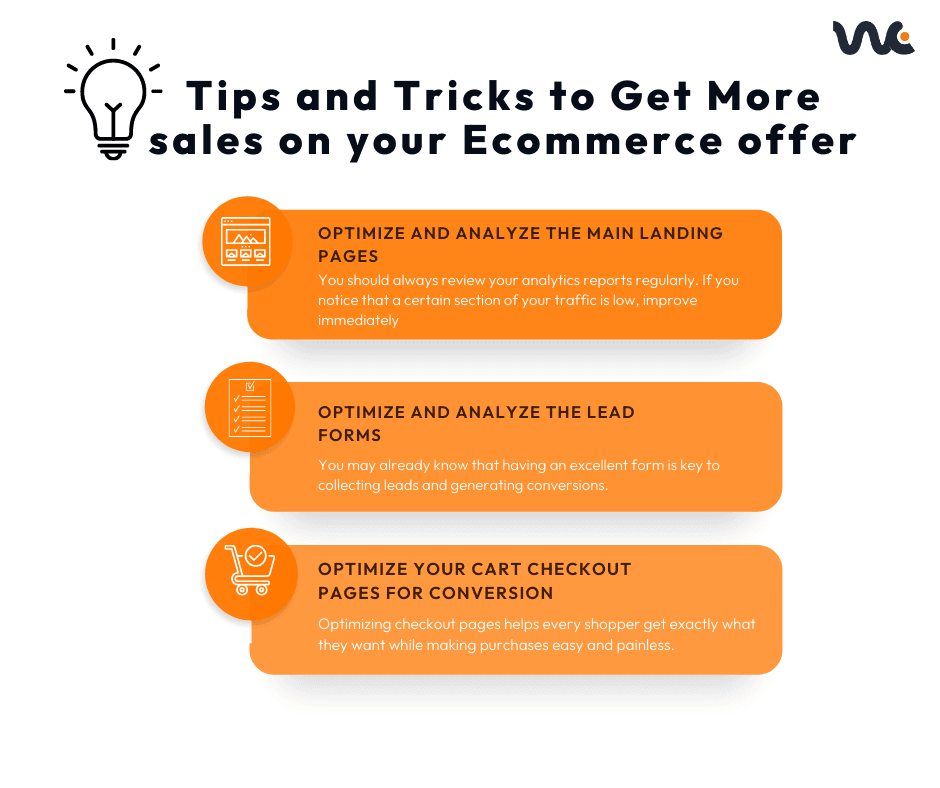
Here are three tips for optimizing your ecommerce conversion funnel on your own website.
Ecommerce funnel analysis to optimize the main landing pages
While most eCommerce sites are relatively well optimized on the whole as per the user expectations, so there are a number of things that could stand improvement.
You should always review your analytics reports regularly. If you notice that a certain section of your traffic is low, then you should try to figure out why.
You may find that you’re losing traffic because of a poorly designed landing page or an overly complicated checkout process.Or you may discover that your competition is beating you in terms of conversions.
In that case, try implementing a few tweaks to improve your conversion rate optimization. You may ask for user feedback or take a survey as well.
Conversion funnel analysis to Optimize the lead forms
You may already know that having an excellent form is key to collecting leads and generating conversions. However, you may not realize how important it is to optimize each step along the way.
Once you have identified the best flow, think about adding elements that will help convert users further along the path.
For instance, adding a discount code may incentivize a sale in a form that can be profitable. Adding a free trial period may entice users to try before they buy.
Don’t forget to test your forms – you never know what kind of improvements you can make until you play around with them!
Optimize your cart checkout pages for conversion
If you've ever purchased something online, you know how frustrating it can be when you go through the checkout process and are presented with multiple choices for payment methods.
You might find yourself trying different credit cards, checking your bank account balance, or even calling customer support to figure things out.
While some merchants offer just one option for checkout, others give their prospective customer a slew of options to choose from. Also, what happens when a visitor puts items into their shopping cart, but never checks out?
In fact, nearly half of shoppers abandon their carts without completing a purchase.
The good news is there are ways to increase conversion rate optimization and reduce cart abandonment. Optimizing checkout pages helps every shopper get exactly what they want while making purchases easy and painless.
Conclusion
In conclusion, e-commerce conversions are an important aspect of your website, because these are the transactions that allow you to generate revenue.
However, it’s crucial to understand that these conversions aren’t going to happen overnight. They require constant attention, maintenance, and optimization to ensure that you maximize profits.
The goal of every business owner should be to increase traffic and search engine ranking coming into their site with the help of digital marketing funnel.
Are you ready to grow your Ecommerce store? Webchanakya is an ecommerce marketing agency that works effectively on ecommerce sales funnel optimization to help you to boost sales and conversion!
Book a free Consultancy!


